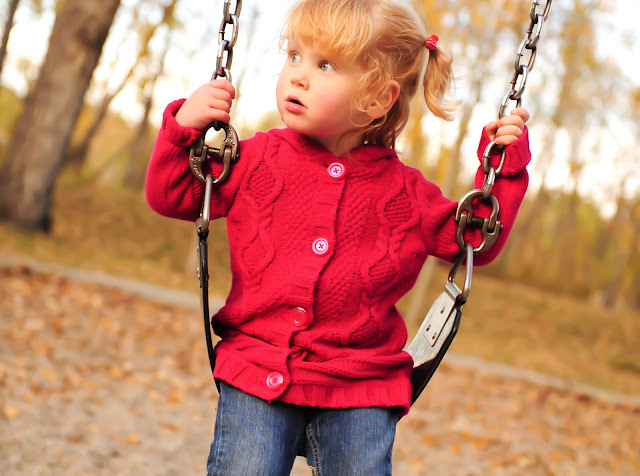The tipping point was really the ongoing discussions I have with my friend and one of my photography mentors- Kelly Jennings. Kelly's photography knowledge is unbelievable and he's taught me more about my camera, lighting and about photography than anyone else. Kelly also made me realize that if you're shooting clients and its your business, you have an obligation to make them look as good as possible (because that is what they are paying you for). That's where Photoshop comes into play.
Now, I can definitely appreciate the advantage of being able to patch a pimple on someones face on their wedding day but my feeling is that editing shouldn't be taken too far. We now live in an age of iphones and instagram where you can quickly apply filters to your shots to make cool effects. You can make it sepia, make colors pop, give it that vintage feel, desaturate it, etc. I think these things are awesome and fun to use and actually a great way to get people interested in photography because it gives them control over their images... but at the same time I feel as if the focus on edits takes away from the most important aspects of photography (composition, exposure and focus points).
In professional photography circles the effects I see the most are desaturating, overexposing shots a little, smoothing skin and eliminating noise (the little grains you can see in an image when you look closely). My favorite portrait photographer of all time is William Albert Allard whose best shots are on film and are unedited. When I saw Allard speak in Calgary last year he spoke to the real art of what he called 'making pictures'. His emphasis was on chasing, "that one image, totally balanced, complete within itself, perfection framed in a single moment." Somehow I didn't think his pursuit involved post processing in photoshop and my suspicions were confirmed when he said that in his courses there is only one thing students cant say- "I can fix it in Photoshop". He also emphasized the importance of getting it right in camera.
I share his position but I realize that if you're not making your living shooting for National Geographic you have to cater to your clientele and what they want. This is why I want to hear peoples thoughts on edits and on what they like. I have to have an open mind so I really want to hear what people like. Lets take for example these 3 pictures of little Jenna:
 This image simply has been processed in Photoshop using the bleach bypass filter which combines desaturating and overexposing.
This image simply has been processed in Photoshop using the bleach bypass filter which combines desaturating and overexposing. This is a black and white filter with some vignetting at the corners per my friend Christina's suggestion. Check out Christina + Nathan Photography (www.christinaplusnathan.com). They have a beautiful aesthetic and are my favorite wedding photographers.
This is a black and white filter with some vignetting at the corners per my friend Christina's suggestion. Check out Christina + Nathan Photography (www.christinaplusnathan.com). They have a beautiful aesthetic and are my favorite wedding photographers. This image uses luminance to smooth skin (giving it a plasticy feel) and get rid of grain while also saturating colors and overexposing slightly.
This image uses luminance to smooth skin (giving it a plasticy feel) and get rid of grain while also saturating colors and overexposing slightly.  And finally this is the original out of camera image with absolutely no edits applied.
And finally this is the original out of camera image with absolutely no edits applied.What do you think?
Please email me at rossdancephotography@gmail.com
I hate bleaching photos, but it is just a personal preference -- I feel like it makes people look sick. I like the middle one the best, but black and white might be nice too:)
ReplyDeleteGreat shot Ross!